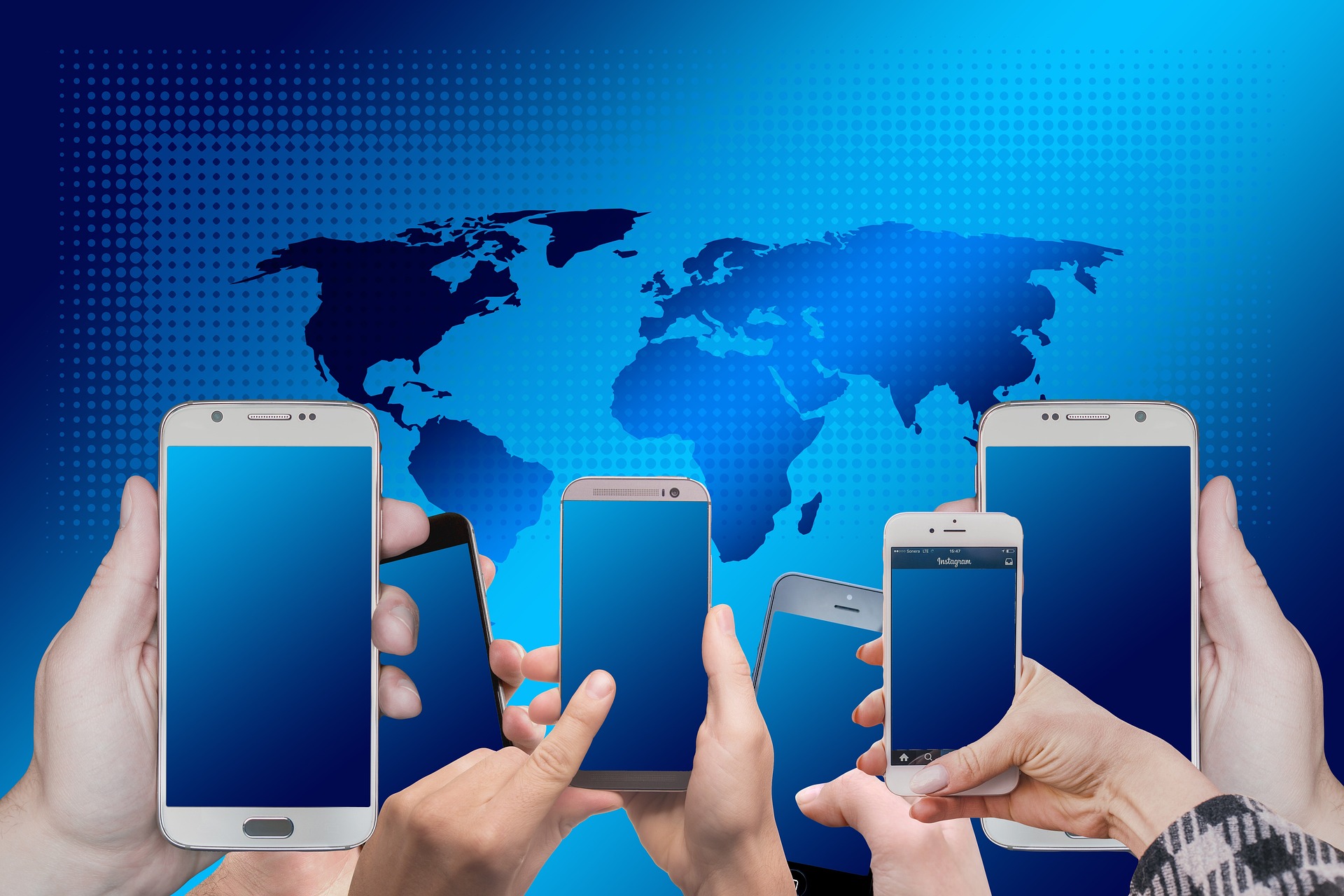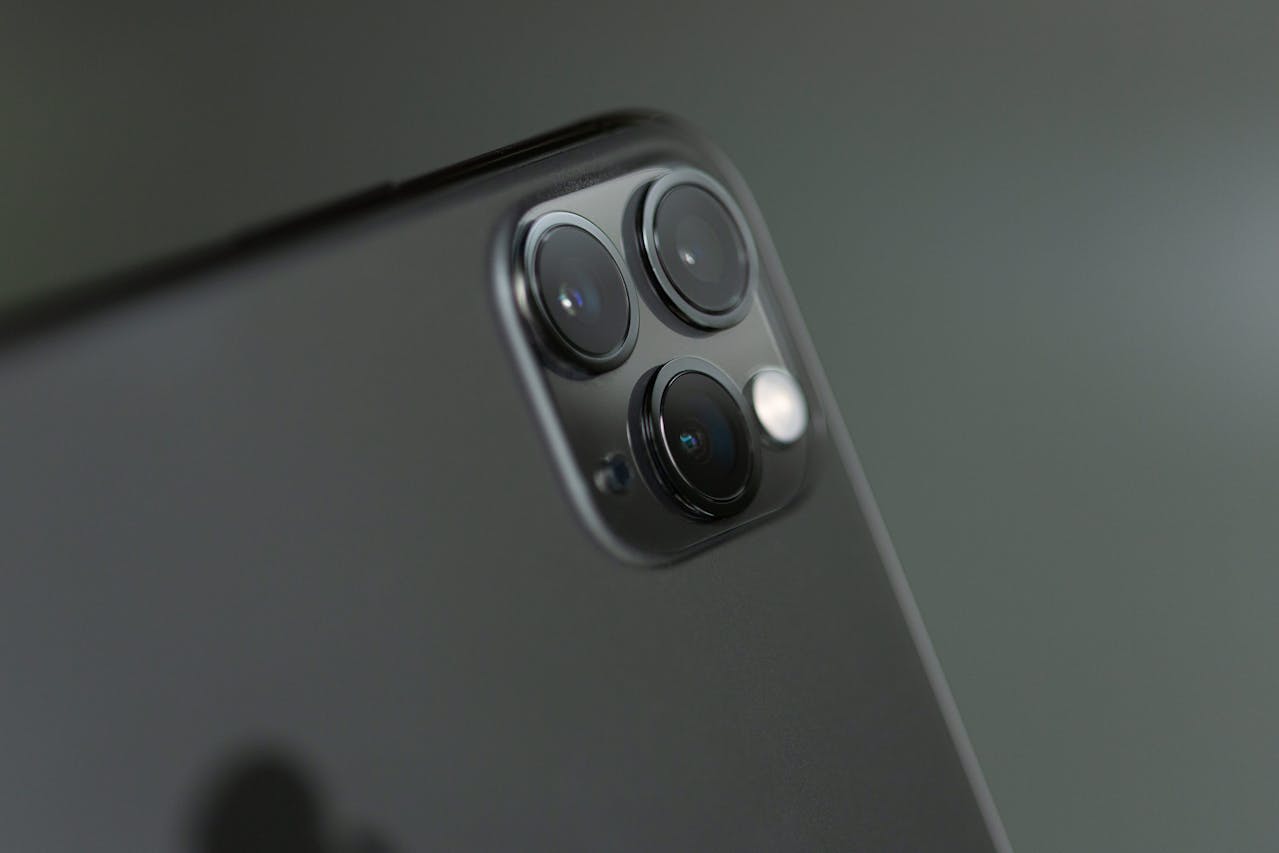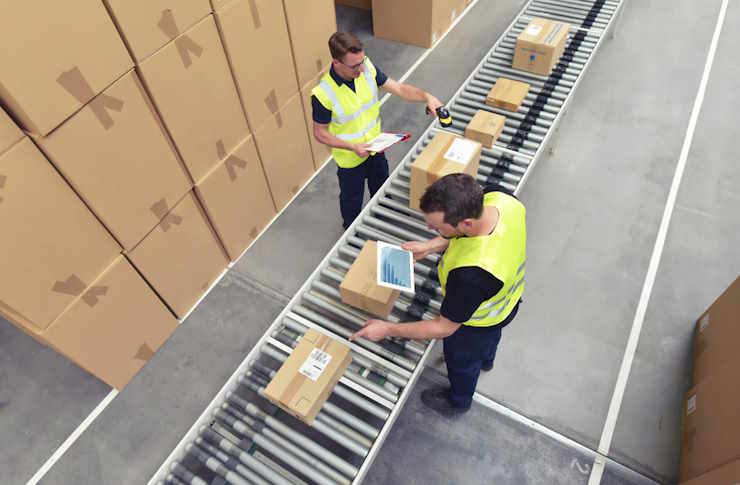Digital Twins: The Future of Simulation and Data Analysis
Introduction: The world of technology is always evolving, pushing boundaries and introducing concepts that seemed like science fiction just a few years ago. One such concept that has recently gained momentum is that of "digital twins". This article delves into the fascinating world of digital twins and how they're revolutionizing simulation and data analysis.

A Glimpse into the Past: The Genesis of Digital Twins
Digital twins, despite their recent hype, are not a new concept. NASA first used a rudimentary form of digital twins for their Apollo missions, creating ground-based replicas of the spacecraft to mirror and predict the behavior of the real ones. The concept has since evolved, with the advent of IoT, AI, and machine learning allowing for more complex and accurate digital twin models.
Digital Twins Today: A Powerful Tool for Simulation
Fast forward to today, digital twins have become an integral part of industries like manufacturing, healthcare, and aerospace. These virtual replicas of physical systems allow engineers and data scientists to simulate different scenarios, analyze performance, and predict future behavior. For example, digital twins are used in the manufacturing sector to optimize production, foresee potential equipment failures, and reduce downtime.
The Impact of Digital Twins on the Tech Industry
The tech industry is waking up to the potential of digital twins. Tech giants like Microsoft and IBM are investing heavily in digital twin technology, incorporating it into their cloud platforms. This is a testament to the growing importance of digital twins, not just as a tool for simulation and analysis, but also as a catalyst for innovation in a wide range of applications, from autonomous vehicles to smart cities.
The Future of Digital Twins: A Data-Driven World
Looking ahead, digital twins are set to play a pivotal role in our increasingly data-driven world. They are expected to become more sophisticated, capable of simulating complex systems like the human body or even entire cities. The estimated future market size of digital twin technology is projected to reach $35.8 billion by 2025, demonstrating its immense potential and impact on the tech industry.
Embracing the Digital Twin Revolution
While the concept of digital twins might seem daunting, it is a powerful tool that has the potential to revolutionize the way we analyze and interact with the physical world. As we continue to advance in our technological capabilities, digital twins will undoubtedly play an increasingly crucial role in shaping our future. This is an exciting time for tech enthusiasts, as we witness the dawn of a new era in simulation and data analysis.
The concept of digital twins, while not new, has been given a new lease of life with the advent of technologies like IoT and AI. As we move towards a more data-driven world, the potential of digital twins is vast and wide-ranging. Whether it’s in the field of manufacturing, healthcare, or autonomous vehicles, digital twins are set to revolutionize how we analyze and interact with the physical world. With an estimated market size of $35.8 billion by 2025, the future of digital twins is bright, and there’s no better time than now to delve into this fascinating technology.




